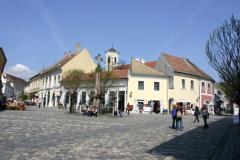|
 |
||
|
|
 |
| |
| |
| |
| |
| |
| |
| |
| |
| |
| |
| |
| |
| |
| |
| |
| |
| |
| |
| |
| |
Leisure Time
If you would like to travel to Budapest on your own there is a train station 2 minutes by walk from the clinic. It takes 35 minutes to get to the capital of Hungary.
Timetable for the train is available on the reception.
If you would prefer explore the countryside we can take you to a guided round trip ( Esztergom, Visegrád, Szentendre ) by our bus.
Esztergom:
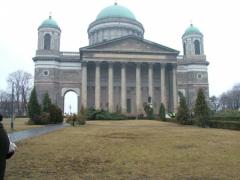
The Basilica of Esztergom being the cathedral of the Primate of Hungary, is the first in rank, and also the largest among the churches in Hungary.
The laying of the foundation-stone took place in 1822.
The altar paintings are the work of the Venatian master Michelangelo Grigoletti. The frescoes were painted by a master from Munich Ludwig von Moralt.
The statues were carved by the Italian scluptors Pietro Bonani and Pietro della Vedova, and by the Austrian Johann Meixner.
A wonderful panorama of the Highlands and of the Pilis Mountains can be enjoyed from the cupola.
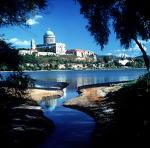
Visegrád:
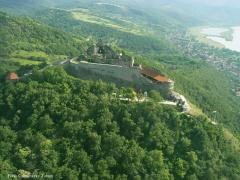
In medieval times the residence of the Hungarian kings was here in this town. Today, this site on the Danube Bend is full of listed heritage bulidings.
Among the sights which can still be seen are the Citadel, built by Béla IV above Visegrád on the steeply rising 328-metre hill, the Lower Castle on the hillock below Castle Hill, and the Water Bastion on the Danube bank.
Visegrád rose to national, then international fame in the 14th century. Around 1320 King Károly Róbert began construction work on the Royal Palace which was to become the seat of the court within only a few years. In the late 14th century, the Royal Palace was already acknowledged as an outstanding work of Hungarian secular Gothic arcitecture.
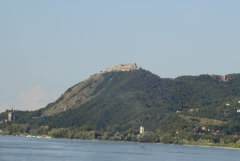
Szentendre:
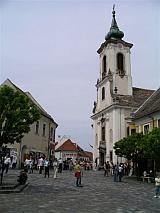
Szentendre is known as the town of living art due ti its artist colony of internatonal renown, and its museums and galleries. With its well preserved, distinctive 18th century townscape, the town centre is a group of heritage buildings unique in Hungary.
Recent decades have seen major changes in the life of Szentendre as a result of the rapidly growing tourism industry,thanks to the historical atmosphere of the town's streets, its art life, as well as the Hungarian Open-Air Museum,which visualises rural life in Hungary.
Szentendre was awarded the Hild Medal in 1980 in recognition of its successes in town development and in preserving its traditions.
